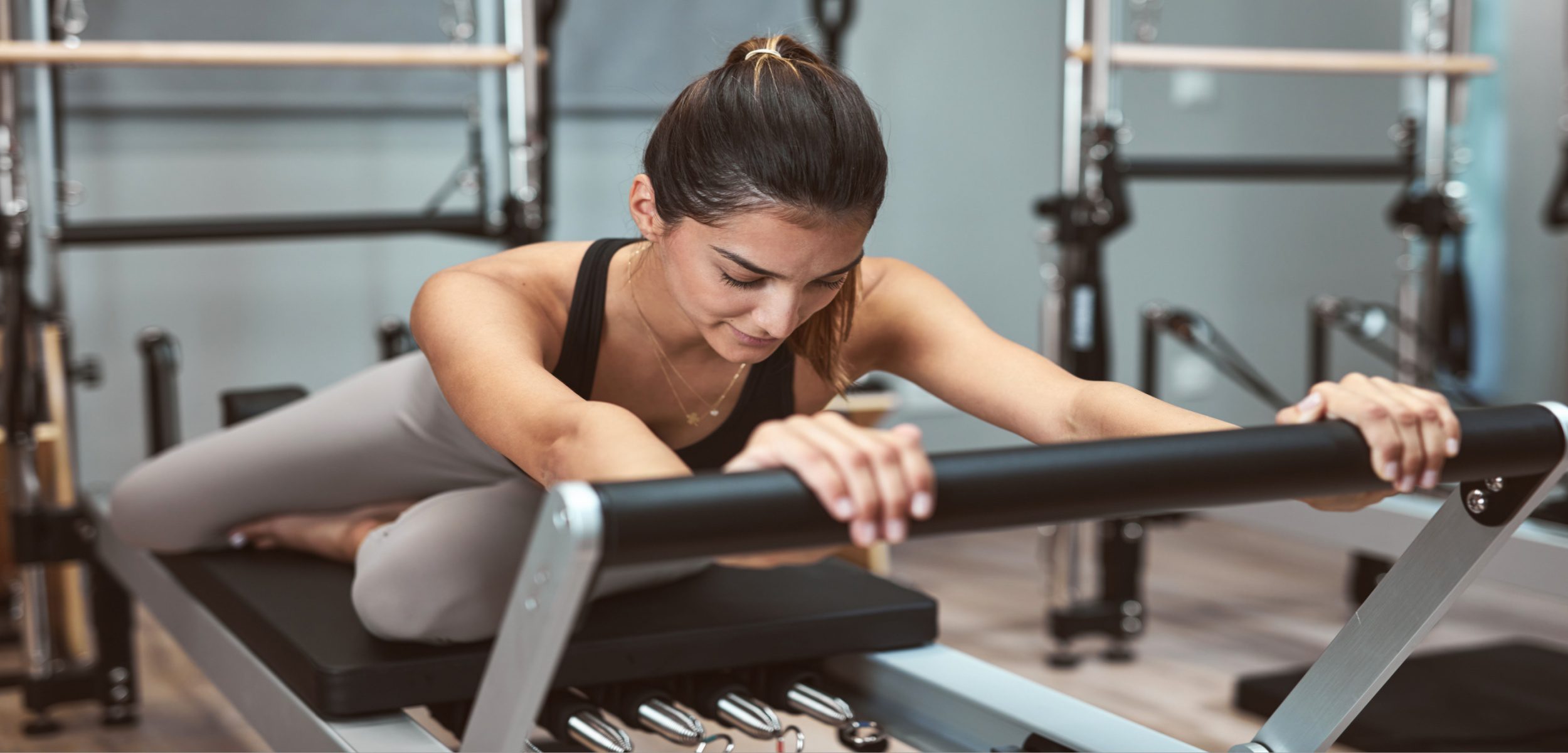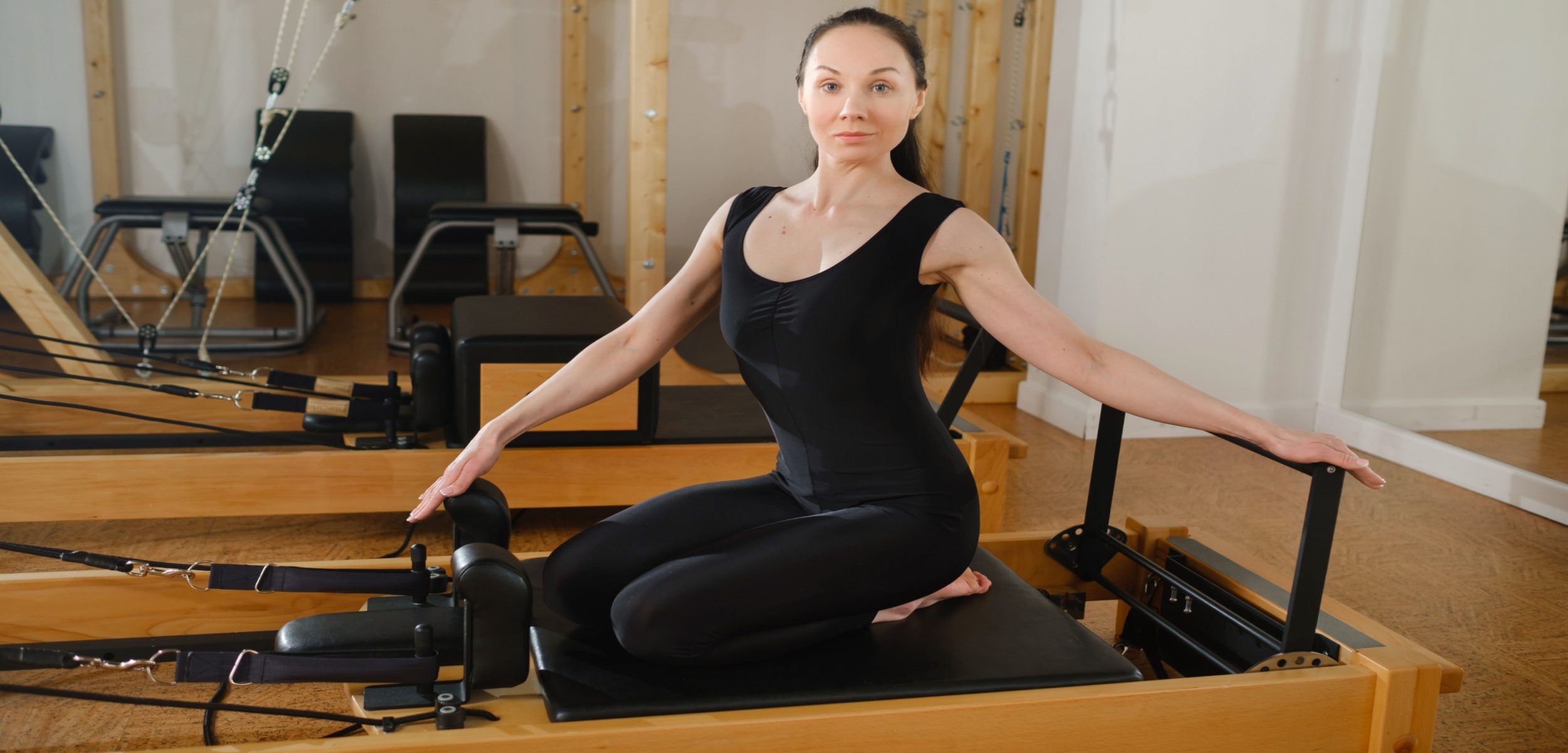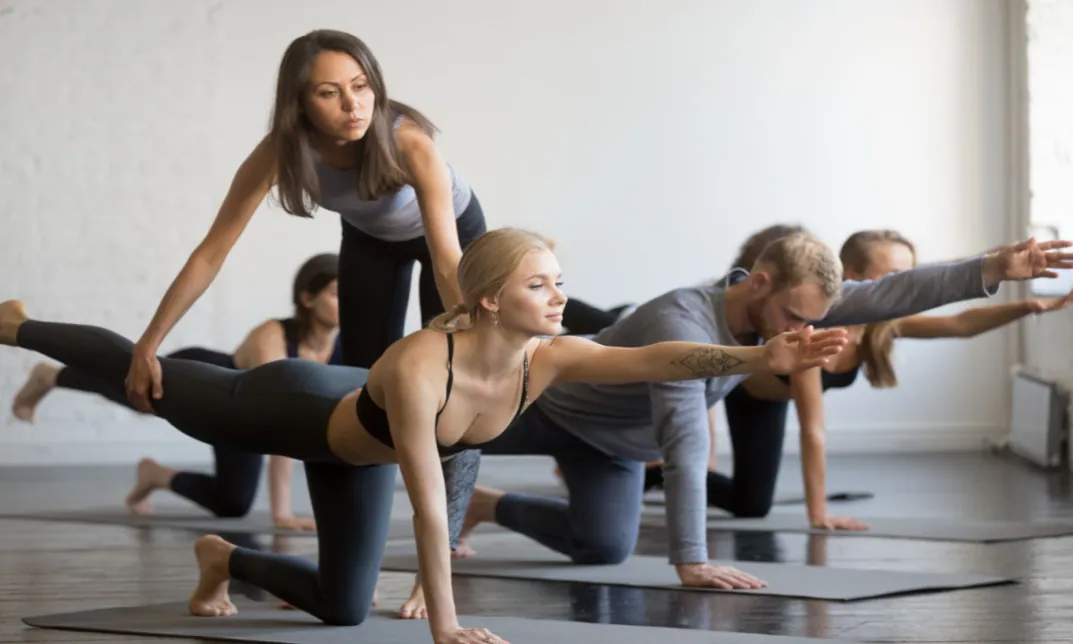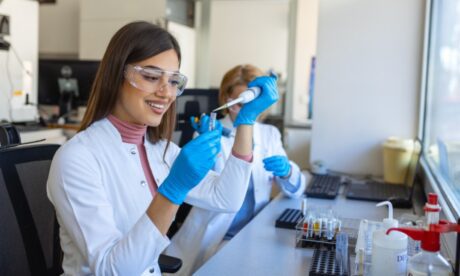Have you ever wondered if Pilates can build muscle? Many people associate Pilates with flexibility and core strength, but what about muscle growth? You might be surprised to learn that Pilates is more than just a way to stretch and move your body. It also plays an important role in strengthening big and small muscles.
Pilates has grown in popularity because it offers a low-impact way to work out that is suitable for people of all ages and fitness levels. However, some might question whether Pilates can build muscle in the same way weight training or other more intense forms of exercise can. To understand the answer, we need to look deeper into what Pilates involves, how it works, and the effects it has on the body.

What Is Pilates?
Before diving into how Pilates builds muscle, let’s define what Pilates is. Pilates is a form of exercise that improves flexibility, strength, and posture through controlled movements. Joseph Pilates created it in the early 20th century as a way to rehabilitate injured soldiers and dancers.
However, Pilates is not just about stretching. It uses body weight, resistance bands, and equipment like the Reformer to target specific muscle groups. Therefore, the exercises encourage balance, control, and strength, particularly in the core, legs, and arms.
How Does Pilates Build Muscle?
Pilates may not involve lifting heavy weights, but that doesn’t mean it doesn’t build muscle. The exercises require the use of multiple muscle groups at once, which challenges the muscles in a different way than traditional strength training. As a result, Pilates builds muscle endurance and strength by working the muscles through slow, controlled movements.
Moreover, Pilates focuses on both the small stabilising muscles and larger muscle groups. Therefore, these small muscles, often overlooked in other types of exercise, get worked and toned, which can help support the bigger muscles and lead to balanced strength. Here’s a breakdown of how Pilates helps build muscle:
- Bodyweight Resistance: Most Pilates exercises use your own body weight as resistance. Poses such as planks or leg lifts may seem simple, but they require constant muscle engagement, which strengthens muscles over time.
- Controlled Movements: Pilates highlights control and precision, which means you are focusing on specific muscles for extended periods. This continuous engagement builds endurance and helps muscles become stronger without relying on heavy weights.
- Focus on Core Strength: Pilates is known for targeting the core muscles, including the abdominals, obliques, and lower back muscles. A strong core supports the entire body, making it easier to build strength in other areas as well.
- Equipment Use: Some forms of Pilates involve equipment such as the Reformer, which adds resistance and can enhance muscle-building potential. The Reformer allows for a wider range of motion, increasing the challenge and working the muscles more effectively.
Benefits of Pilates for Muscle Growth
Now that we’ve explored how Pilates can build muscle, let’s look at some of the benefits of incorporating it into your routine.
- Improved Muscle Tone: Pilates may not lead to bulky muscles like traditional weightlifting, but it improves muscle tone. This means the muscles become firmer and more defined over time.
- Enhanced Flexibility and Strength: Pilates combines strength training with flexibility exercises, which can lead to a more balanced physique. Instead of focusing solely on building muscle, Pilates works on lengthening and strengthening the muscles, creating a leaner appearance.
- Core Strength: Pilates is one of the best workouts for building core strength. A strong core is essential for overall muscle growth, as it supports all physical movement and stabilises the body during exercise.
- Low Impact, High Reward: One of the best aspects of Pilates is that it is a low-impact workout. This makes it suitable for people with joint problems or those seeking a gentler exercise. However, even though it’s low impact, Pilates still offers high rewards in terms of muscle strengthening.

Key Muscle Groups Targeted in Pilates
When practising Pilates, you will notice that certain muscle groups get a lot of attention. Below is a list of the primary muscle groups targeted during Pilates sessions, along with an explanation of their importance:
- Core Muscles: The core is the centre of Pilates practice. It includes the abdominal muscles, obliques, and lower back muscles. A strong core is essential for posture, stability, and preventing injury. Pilates is one of the best ways to target and strengthen these muscles.
- Legs and Glutes: Pilates exercises such as leg lifts and squats engage the thigh muscles, hamstrings, and glutes. Over time, this leads to stronger, more toned legs and a firmer lower body.
- Upper Body: Many Pilates exercises involve pushing and pulling movements that engage the arms, shoulders, and upper back. As a result, Pilates can help strengthen and tone these areas, leading to better upper body strength and posture.
- Stabilising Muscles: Unlike other forms of exercise, Pilates focuses on smaller stabilising muscles that support the larger muscle groups. Strengthening these muscles improves balance and reduces the risk of injury.
Conclusion
So, can Pilates build muscle? The answer is yes, Pilates can build muscle, but it does so differently than weight training. While it may not lead to the bulky muscles you might get from lifting heavy weights, Pilates focuses on building long, lean muscles through controlled movements, body weight resistance, and core strength. It works for multiple muscle groups simultaneously and targets the smaller stabilising muscles, which many other exercises overlook.
Thus, Pilates offers a balanced way to strengthen the body, improve flexibility, and support overall muscle health. Whether you’re looking to tone your muscles, improve your posture, or just find a new way to stay fit, Pilates can provide a comprehensive workout that benefits the entire body.





